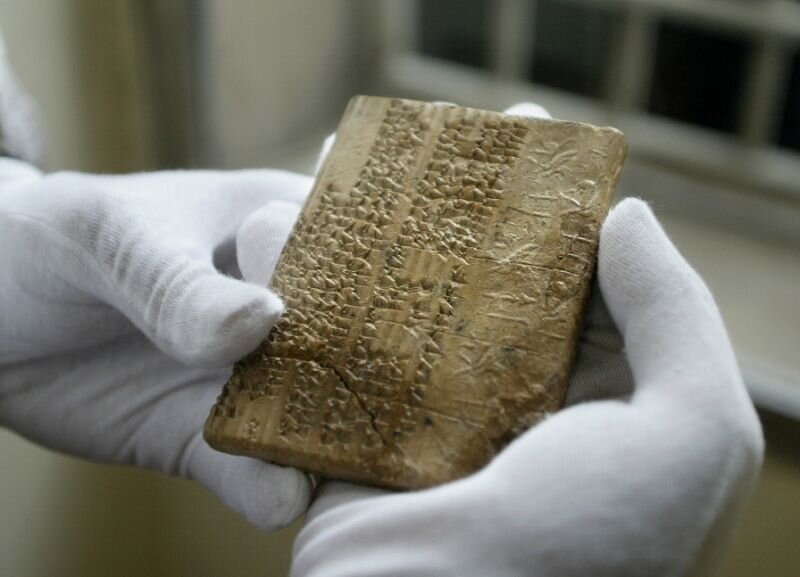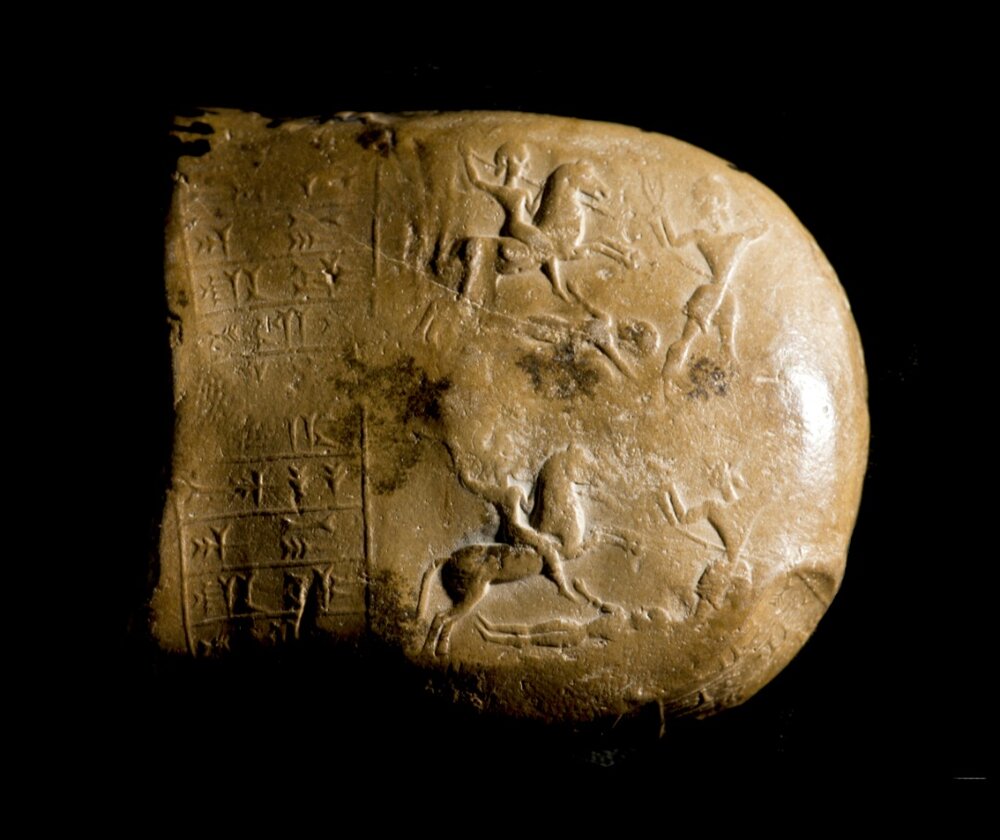Achaemenid-era clay tablets returned home after 84 years

TEHRAN – A total of 1,783 Achaemenid-era clay tablets, which were on loan from Iran to the Oriental Institute of the University of Chicago since 1935, have been returned home.
The fourth batch of the Achaemenid objects, composed of 1783 clay tablets, entered the country from the Oriental Institute after 84 years, CHTN reported.
They are part of thousands of clay tablets and related fragments, which were kept at Chicago’s Field Museum of Natural History and the University of Chicago’s Oriental Institute.
The artifacts were recuperated with great deal of efforts made by the Ministry of Cultural Heritage, Tourism and Handicrafts and the presidential office for legal affairs, tourism minister Ali-Asghar Mounesan said.
The tablets were handed over to the National Museum of Iran, where they are supposed to be put on show as of tomorrow.
“These treasured documents decipher an important segment of recorded history of Achaemenids during the reign of Darius I (Darius the Great who reigned from 522 to 486 BC),” said Jebrael Nokandeh, director of the National Museum of Iran.
Last December, Mounesan announced that over 11,000 flawless [Achaemenid-era] clay tablets and a large number of fragments of their kind will be back home.
“Of the cited number, 1784 clay tablets have been endorsed by the U.S. Department of the Treasury in order to be shipped to Iran, in the first stage… and they are currently being packed by the Oriental Institute of the University of Chicago,” Mounesan said.

In February 2018, and following years of ups and downs, the fate of those ancient Persian artifacts, was left in the hands of a U.S. Supreme Court, which ruled in favor of Iran.
Archaeologists affiliated with the University of Chicago discovered the tablets in 1930s while excavating in Persepolis, the ceremonial capital of the Persian Empire. However, the institute has resumed work in collaboration with colleagues in Iran, and the return of the tablets is part of a broadening of contacts between scholars in the two countries, said Gil Stein, director of the Oriental Institute at the University of Chicago.
The tablets reveal economic, social and religious history of the Achaemenid Empire (550-330 BC) and the larger Near Eastern region in the fifth century BC.
Darius I, byname Darius the Great, (born 550 BC—died 486), king of Persia in 522–486 BC, one of the greatest rulers of the Achaemenid dynasty, who was noted for his administrative genius and for his great building projects. Darius attempted several times to conquer Greece; his fleet was destroyed by a storm in 492, and the Athenians defeated his army at Marathon in 490.
The Achaemenid [Persian] Empire was the largest and most durable empire of its time. The empire stretched from Ethiopia, through Egypt, to Greece, to Anatolia (modern Turkey), Central Asia and to India.
AFM/MG
Leave a Comment